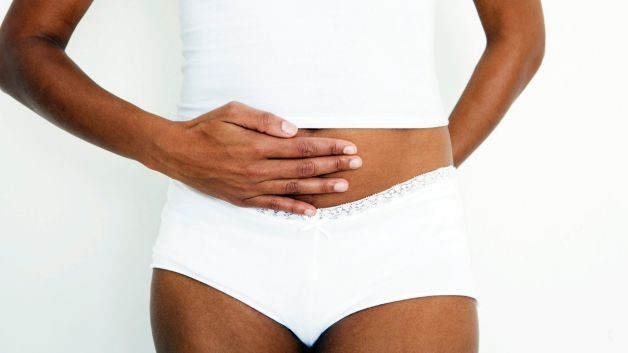The Results of Our Fibroids Survey
Fibroids are benign tumours that develop from the smooth muscle cells of the womb. They are the most common tumour amongst women with an estimated 30 – 40% of women between the ages of 25-45 expected to develop them.
Research has shown that fibroids are more common in black women with an estimated 55-80% of black women affected. In addition, black women are known to develop fibroids at a younger age, are more likely to develop larger and multiple fibroids, and tend to develop more severe symptoms. The reason for this is unknown but it is thought to be a combination of genetic, environmental and lifestyle factors.
Through our interactions with black women, we have anecdotally found that whilst fibroids are very common there seems to be a lack of information and support for women who are affected. To explore this issue further we conducted a survey that aimed to explore the needs of women with fibroids, determine if there is a need to develop information and support and if so, the survey aimed to inform our development of a fibroids information and support programme.
The survey explored four areas:
- The level of knowledge of fibroids prior to diagnosis
- Treatment and diagnosis
- The effect of fibroids and its treatment on quality of life
- The availability of support and information
The key findings from our survey were:
Awareness of fibroids prior to diagnosis
- There was a general low level of awareness of fibroids amongst participants prior to their diagnosis
- There was a good level of awareness of some of the main symptoms of fibroids but a low level of awareness of other symptoms
- Participants were aware that ethnicity was a risk factor for fibroids but less aware of other risk factors
Pathway to Diagnosis
- The majority of participants delayed seeing their GP for six months or more after first noticing symptoms
- After visiting their GP, most women received a confirmed diagnosis within 4 weeks but over a quarter stated it took 12 months or more to receive a confirmed diagnosis
Treatment
- Despite 79% of participants having a discussion with their GP about treatment, 63% stated they didn’t feel they had enough information to make an informed decision about their treatment
- The majority of participants (42%) had surgery to treat their fibroids
- A quarter of respondents were very happy with their follow-up and aftercare whilst 33% stated that they were not at all satisfied.
The Effect of Fibroids and its Treatment on Quality of Life
- Participants reported that fibroids and its treatment significantly affected their quality of life, affecting them not just physically, but emotionally
- Many participants did not feel they had enough support to assist them in managing or overcoming the emotional, physical and medical impact of fibroids
The Availability of Information and Support
- The biggest gaps in the availability of support were in information and peer support with a small gap in emotional support
Conclusions from the Survey and Next Steps
The survey suggests that a significant number of women with fibroids do not have access to the support and information that they require. The Lake Foundation will focus its efforts on addressing the gaps in the availability of information and support by developing a relevant support system for women, particularly black women, with fibroids.
We have started this process with the launch of our ‘Fibroids Ask the Expert’ in October. This resource provides women with the opportunity to obtain accurate reliable information from experts in the field. In 2015 we will begin to develop a range of publications and explore a support programme for women with fibroids.







